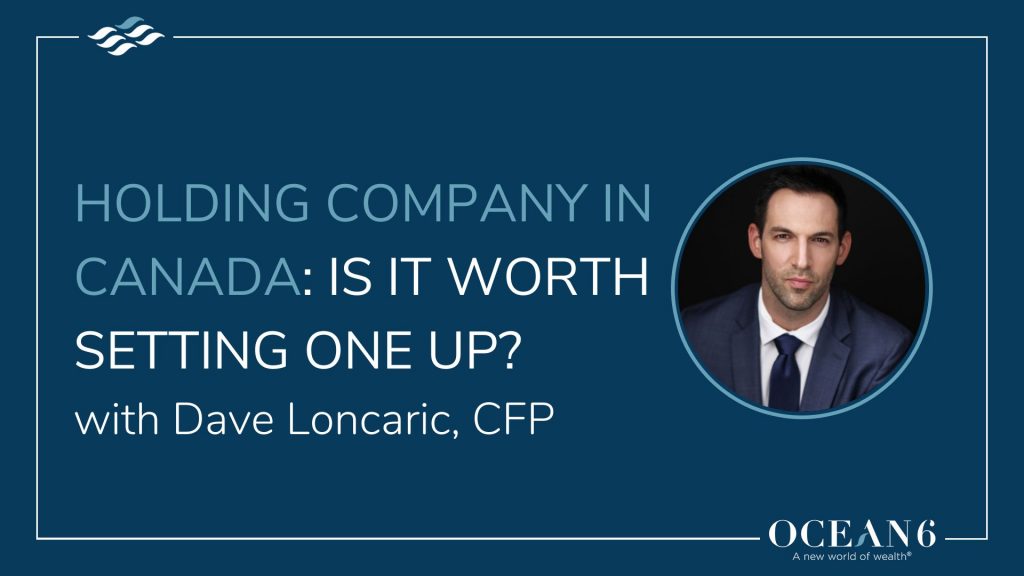Passive income is a smart way to build wealth without overworking yourself. But you won’t get the full benefit of a steady stream of passive income if you’re giving too much of that money to the CRA. In this blog, we explain the difference between active and passive income and suggest three ways you can save tax on your passive income in Canada.
Active vs. Passive Income
The income from what you actively do in your business is active income. Let’s say you own a car wash; active income is any income you earn from car washes.
Now, any income that isn’t a direct result of what your business does is passive income. You don’t need to put much effort or time to earn passive income.
If you take the profit from car washing and buy 1000 shares of Tesla, the gain you make from selling the Tesla stock is passive income. Passive income can also be from things like real estate.
How are active and passive income taxed in your corporation?
Corporate active and passive income are taxed differently. The first $500,000 of active income earned by any Canadian Controlled Private Corporation is taxed at 9-12% varying by province. Any active income above $500,000 is taxed at 25-27%.
On the other hand, passive income has a tax rate close to 51%.
(There’s always room for improvement when it comes to tax efficiency. This is your guide to tax planning)
3 Ways to Lower Tax on Passive Income in Canada
1. Invest in capital gains producing investment vehicles such as stocks, real estate, and corporate class mutual funds.
Capital gains have a favourable tax rate and can help lower the amount of tax you have to pay. Only 50% of the capital gains you earn from these investment vehicles will get taxed. The other 50% will create Capital Dividend Account (CDA) credits allowing you to tax that money out of your corporation tax-free.
For example, if you bought a property for $1 million and sold it for $2 million, you would have a capital gain of $1 million, but only $500,000 would be taxed. The other $500,000 will generate CDA credits.
2. Invest in corporate-owned permanent life insurance and overfund it.
Permanent life insurance owned by your corporation is a way to grow your wealth with tax-deferred investments.
(Corporate-owned life insurance: what’s the benefit for business owners?)
Since the dividends paid into your corporate-owned permanent life insurance grow tax-deferred, it doesn’t add to your passive income tax.
One strategy involves overfunding your life insurance, meaning paying more than what you need to monthly or annually for your premium.
In many cases, paying more into your corporate-owned permanent life insurance helps you accumulate cash and save on passive income tax.
Done strategically, this comes with a number of benefits, including asset protection, tax-efficient access to cash, flexible investment options, and more.
3. Finally, make use of your Capital Dividend Account.
Your Capital Dividend Account (CDA) allows you to flow the untaxed portion of capital gains and life insurance proceeds out of your corporation tax-free.
Not many business owners know of this notional account that you can only see when there’s a balance. Neglecting the CDA will cause you to lose out on thousands of dollars.
Watch the video on this strategy
We helped a client implement the three strategies above and their passive income tax was decreased by 50% yearly. Her personal take-home income was increased without paying more personal tax leading her estate to more than double in value.
If you’d like to set up your corporate investment plan so you have more money to grow and invest in your goals, book a call today.












